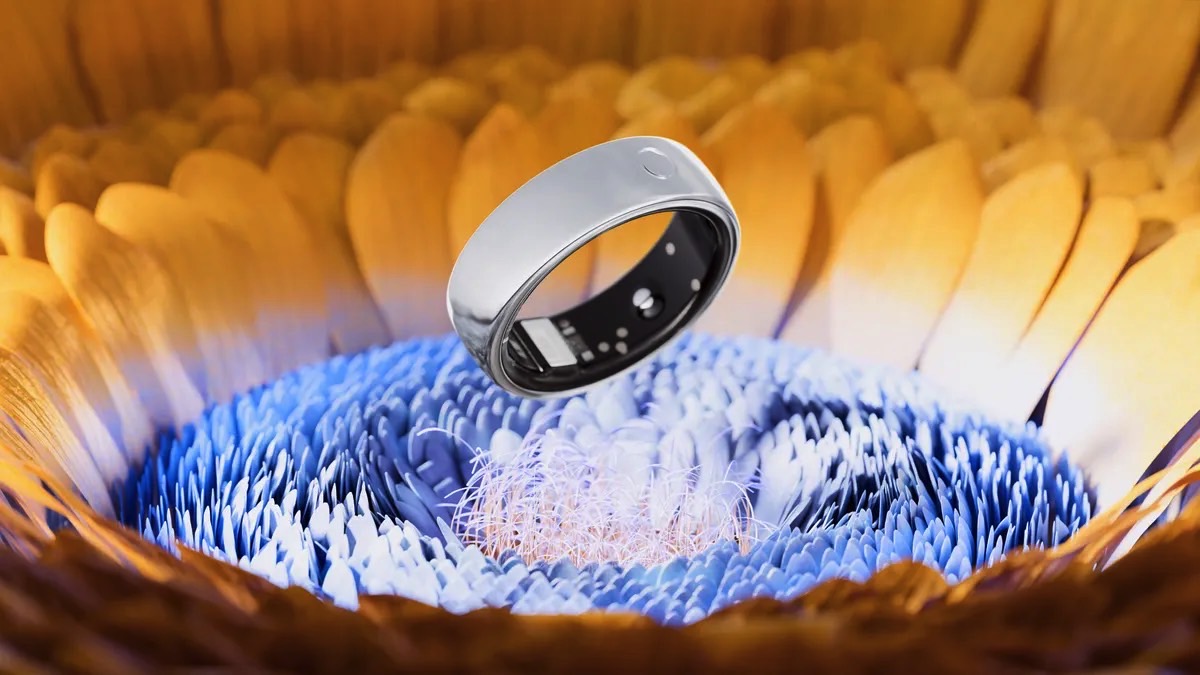The Apple Watch Series 10 is my current wearable of choice. I use it to track all the health data Apple can squeeze into a smartphone and all the workouts I do as part of my marathon training. I’ve reached a point in my life where I’m paying more attention to my well-being, which means I’ll always have a wearable on me to help with that.
I’ve also started thinking about smart rings more and more in recent years. I thought Samsung’s Galaxy Ring would work with the iPhone and wished Apple made a smart ring of its own. Of course, there are also other alternatives, like the better-known Oura Rings, which were updated only a few months ago.
While current smart rings can’t be as sophisticated as smartwatches because of the design and space constraints, some companies are making real progress. Circular is one such example, and the company just unveiled the Ring 2 model at CES 2025.
Unlike some competitors, this wearable comes with features you’d expect from a gadget like the Apple Watch. The Circular Ring 2 can perform ECG tests and it has algorithms to detect AFib.
The ring, priced at $380, will be available in February or March. A crowdfunding campaign will start in January. The price point signals that the Ring 2 is a high-end wearable with advanced features.
Like the Oura rings, the Circular Ring 2 is made of titanium. It is available in gold, silver, rose gold, and black. The wearable features a brand-new design, ditching the flatter edges in favor of a truly circular ring-like look.

The features are just as important as the high-end build and durability, if not more so. The ECG support means you can take single-lead ECGs from the wearable, which might come in handy if you’re suffering from heart conditions. Though these readings could help your treating physician, they’re not as good for assessing the heart’s electrical activity as ECGs performed in medical settings.
If you’re at risk for developing AFib, the Circular Ring 2 might catch such episodes as they happen. That should give you enough warning to go to the ER to have your heart checked and treatment adjusted. The ECG algorithms will also catch other heart rate issues, including tachycardia and bradycardia.
To perform readings, you’ll have to hold a finger on the ring for 30 seconds. The ECG mechanism is similar to that of the Apple Watch.
Like the Oura and Samsung rings, the ring will track other health parameters, including sleep. All the information will be available inside a Circular smartphone app. The Kira AI feature will help you understand your wellness.
Another interesting detail concerning the Circular Ring 2 experience is the sizing, and you won’t order sizing kits. Instead, you’ll use your phone’s camera for a digital sizing experience.
With that in mind, the Circular Ring 2 might be the perfect health-centric wearable for people who do not like wrist devices or who want to ditch the Apple Watch occasionally.
Not to mention that the Circular Ring 2 should offer between four days of battery life and up to eight days in battery-saving mode. That would ensure the ring captures health data even when an Apple Watch user like myself takes the smartwatch off for charging, minimizing the data gaps in my day.








